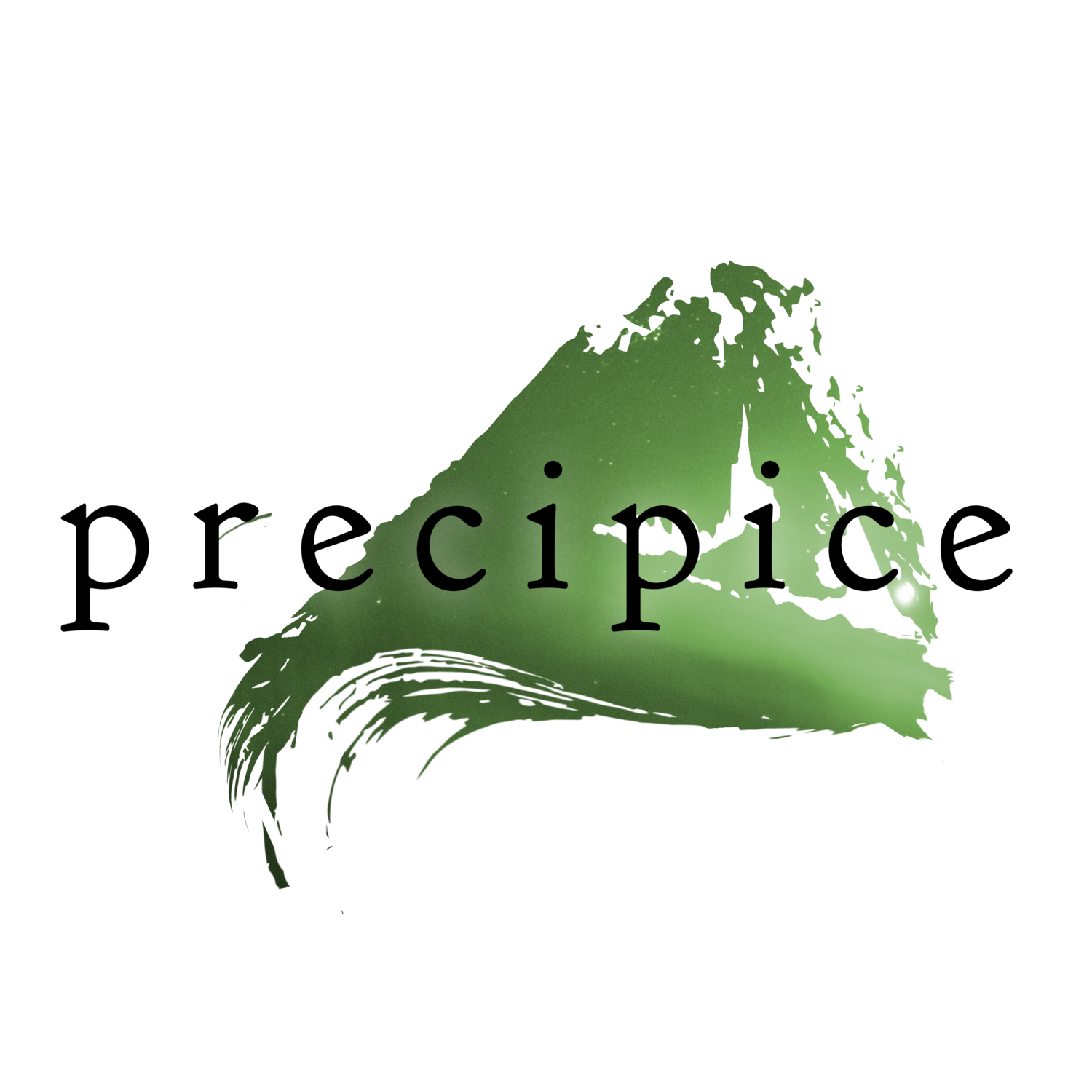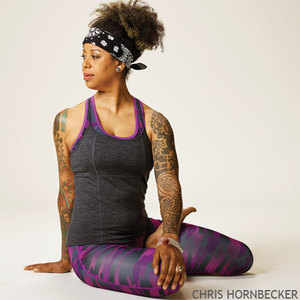Twists lengthen, squeeze, and wring the toxins from the cells and the words from the pen. They continually find an edge—in reach, in wait, in motion—and dance along the gradient: a little more, a little less. They renegotiate a boundary and rewrite the line.
Patty Somlo and Anna Joy Springer explore the edges between the corporeal and the ephemeral, the message and the messenger, the oracle and the auricle. While Somlo kneads and contracts—a gesture of expulsion—Springer spreads and expands—a gesture of reception.
Consider how twists—and tweets—can cull and call the core: how can the spine serve as
a divining stick and how best can we maintain it?
Somatic Lab #20 is a movement and generative practice that wrings the words from body to page. In this practice, you will need a comfortable place to sit, two large sheets of
paper, and a writing utensil (note: if outside, you need dirt/ sand and a stick; if the floor is uncomfortable, flank your chair between two surfaces (desks or tables or ledges)). You
can twist as yoga-pretzely or un-yoga-pretzely as you wish.
If you have back pain or injuries, twists are contraindicated, so please refrain from rotation at the core and extend rather with arcs from the limbs.
Begin seated with both sitbones firmly grounded. Gather an intention: what would you like to investigate in/through/of/from/with your body today? As you inhale, lengthen tall through the spine, collect an inquiry. As you exhale twist to the right and release your inquiry: write your
thoughts, feelings, emotions, responses onto the page following the arc of the limbs: the limit is the range of the core.
[This will look like angel wings in snow, or bird wings in shadow]. When you reach your edge (in body or word), inhale soften and exhale surrender. Inhale release the twist
and gather back to your center, exhale restore. Repeat to the left.
Continue to twist back and forth at your own pace. Watch as the words sweep, arc out and surround you. What does it feel like to sit in your investigation: to both drive it and be driven by it? Can you see the edges, the boundaries on your page? Does the writing ever touch?
When you feel sufficiently wrung out, gather these field notes and process. What will you throw out with the bathwater? What will you keep? How will you arrange it; what does your body say?
To access the Somatic Lab Notes for this exercise, check out our anthology Writing at the Edge. Share your creative and critical responses here. Let's continue the conversation at/on/of/through/with the edge.




